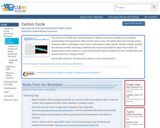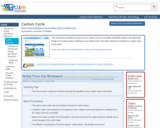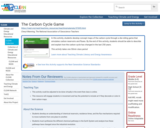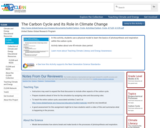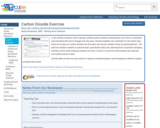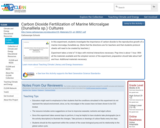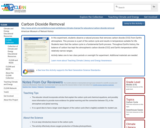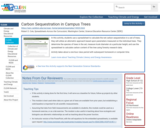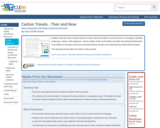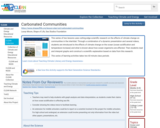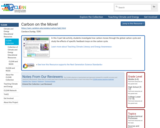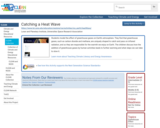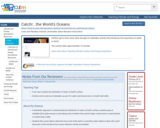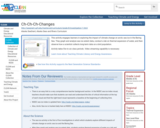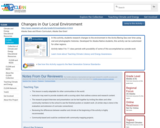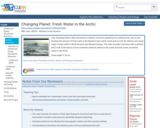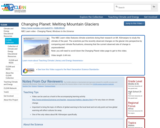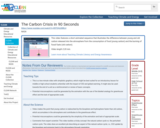
This video features a short animated sequence that illustrates the difference between young and old carbon released into the atmosphere from the consumption of food (young carbon) and the burning of fossil fuels (old carbon).
- Subject:
- Applied Science
- Atmospheric Science
- Career and Technical Education
- Environmental Science
- Environmental Studies
- Physical Science
- Material Type:
- Diagram/Illustration
- Reading
- Provider:
- CLEAN: Climate Literacy and Energy Awareness Network
- Provider Set:
- CLEAN: Climate Literacy and Energy Awareness Network
- Author:
- NASA
- Date Added:
- 05/08/2013
